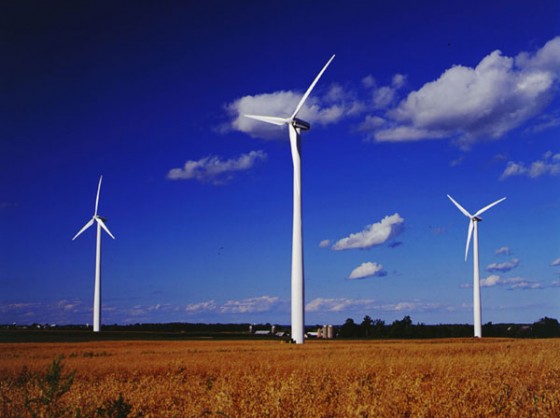On Earth Day in 2003, UPenn became the nation’s largest nongovernmental purchaser of wind power when it doubled its annual purchase to 40 million kilowatt-hours (kWh). Since then, green innovations have become ever more prevalent in large-scale projects on the urban landscape, especially those involving large institutions.
We’ll take a moment here to wag our foxtail for the folks at UPenn, because last October, the school was again named to the EPA’s top 50 Green Power Purchaser list, listed at no. 22 on a list of national energy buyers, with 200,194,600 kWh, accounting for 48% of their energy usage. The City of Philadelphia was listed at no. 35, seventh among municipalities—Wal-Mart also fared well, no. 15, as did Whole Foods, no. 3.
Energy conservation is a major goal of Penn’s Climate Action Plan, which calls for a 17% reduction in energy use by 2014 from the University’s 2007 baseline, and the use of green power is one of the University’s strategies to reach that goal. Other strategies call for programs to encourage sustainable behavior in the campus community, renovations of buildings, and adoption of higher energy standards for new construction.
This plan fits in with citywide visions like GreenWorks Philly and is in stride with the Pennsylvania Horticultural Society’s attempts to plant 1 million trees in Philly.
It’s good to see our local Universities leading the way in alternative ways of consuming and purchasing energy. As it were, they’ve also been leading the way for decades in purchasing (and sometimes consuming) properties in West Philly, and expanding the footprint of University City, for better or worse.
–Lou Mancinelli

